When airplanes are no longer flying, they don’t just disappear—they get stored, stripped for parts, or scrapped in massive facilities known as boneyards. These aren’t makeshift junkyards; they’re carefully chosen locations with dry air, firm ground, and lots of space. Some planes are parked temporarily. Others will never take off again.
From military bases in the U.S. to private airfields in Europe and Australia, here are 10 of the largest airplane boneyards in the world—and what happens to the aircraft after their final flight.
Davis-Monthan Air Force Base (Arizona, USA)

This is where the U.S. military sends its planes when they’re done flying. More than 3,200 aircraft are parked across 2,600 acres of desert. Some are scrapped, some are kept for parts, and a few even get brought back to life when needed. (Source: Simple Flying)
The heat, low humidity, and hard soil make it ideal for long-term storage. There’s no flash here—just long rows of old jets, helicopters, and bombers waiting for whatever comes next. It’s not open to the public, but satellite views tell the story well enough.
Mojave Air & Space Port (California, USA)
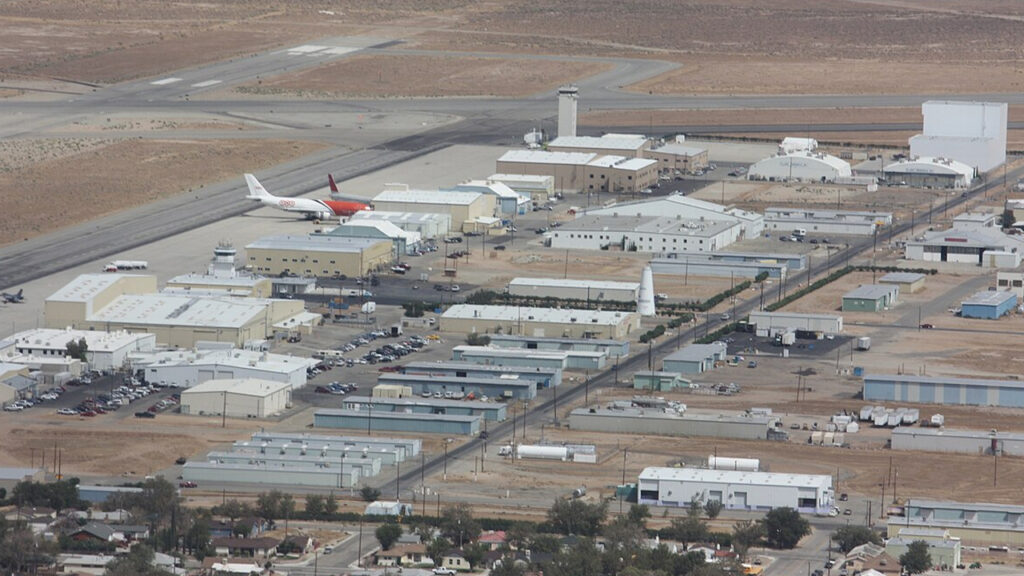
Mojave started small, but now it’s a major storage site for retired aircraft. It has three runways and over 2,998 acres of open desert, and it’s been used for military training, testing, and storage since the 1940s. (Source: Wikipedia)
The dry climate helps keep planes in decent condition. You’ll find grounded commercial jets here from airlines around the world, especially those that didn’t survive the pandemic or aren’t worth flying anymore. Some get scrapped. Some just sit.
Southern California Logistics Airport (California, USA)
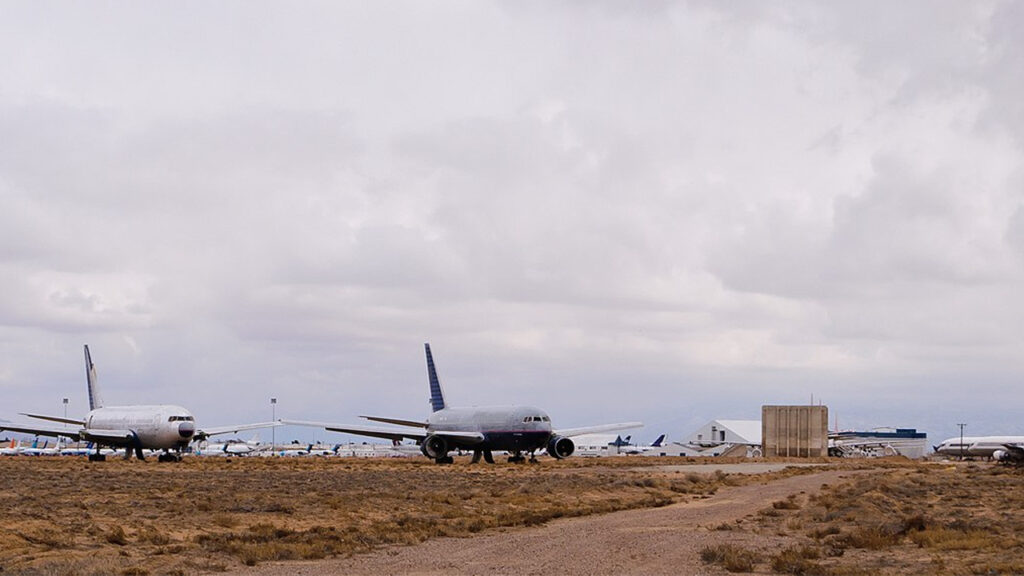
This airport in Victorville became a major boneyard after the Cold War. It has over 2,200 acres and can hold up to 500 planes at once. The long runway can handle anything, including the Airbus A380. (Source: City of Victorville)
Airlines started storing jets here during the 2008 crash and again during COVID. Some were dismantled for parts, others just parked until they were needed again. It’s still active for maintenance and upgrades too—not just a graveyard.
Teruel Airport (Spain)
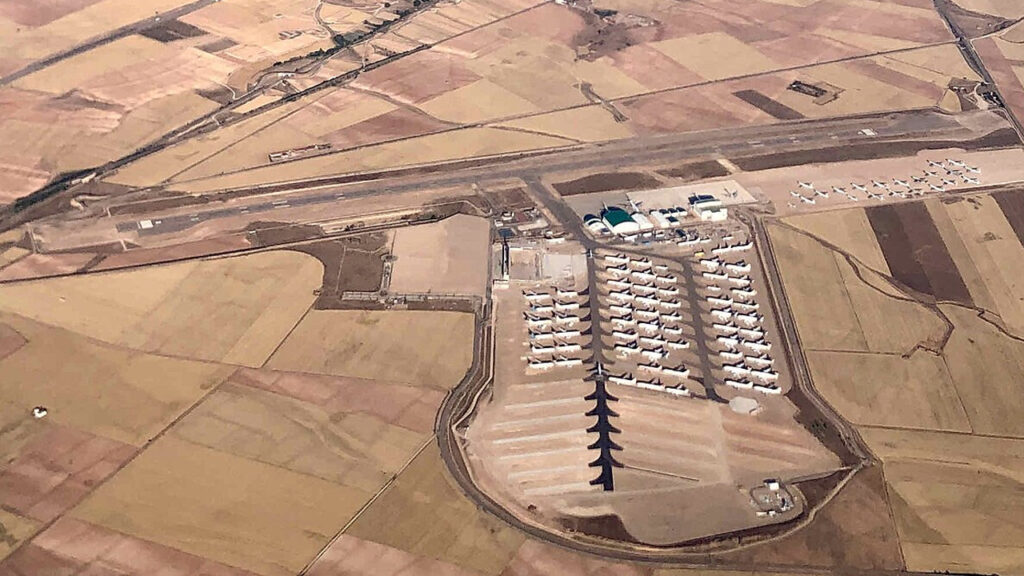
Teruel is Europe’s biggest boneyard. It sits in a dry part of Spain, which makes it a good place to keep planes from rusting. It can hold more than 400 aircraft, and many of them belong to Airbus and big-name airlines. (Source: Invest in Aragon)
The recycling operation here is efficient—reportedly recovering over 90% of each plane. Most A380s that couldn’t find a second life ended up here, especially during the pandemic. Not flashy, but very practical.
Phoenix Goodyear Airport (Arizona, USA)

This one used to be a military base during WWII. Now it stores a mix of military and commercial jets. It’s not the biggest, but it’s useful because of its space, dry air, and long runway. (Source: Airplane Boneyards)
Some of the planes here are scrapped, some are sold off to other countries to use as cargo aircraft. Others are used for pilot training. It’s quiet, but it’s still doing important work in the background.
Kingman Airport (Arizona, USA)

Kingman stored over 5,000 warplanes after WWII. These days, it handles fewer aircraft, but still covers 4,000 acres and serves as a final stop for commercial and cargo planes.
You won’t find tours or crowds here. It’s a working facility where planes are either kept in storage or taken apart for parts. If you’re into aviation history, it’s one of the more interesting places in the Southwest—even if you have to admire it from afar.
Alice Springs Airport (Australia)
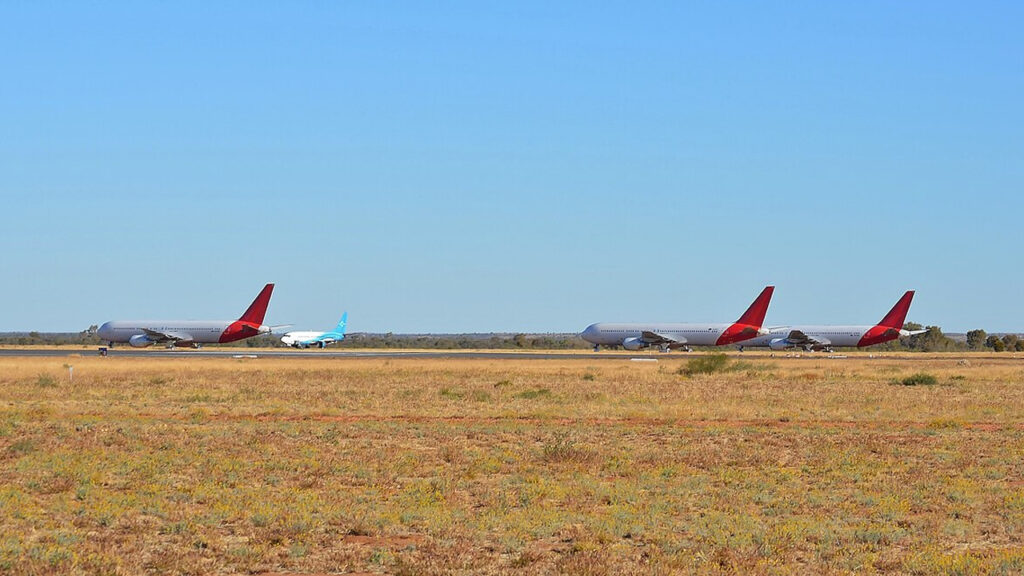
Set in the middle of Australia, Alice Springs wasn’t a major player until 2014. Then the pandemic hit, and suddenly it became one of the busiest boneyards outside the U.S.
At its peak, it held hundreds of planes from Cathay Pacific, Singapore Airlines, and others. The dry air makes it a smart place to park planes long-term. It’s still active today, mostly used for regional aircraft and long-haul jets that aren’t in rotation.
Tarbes-Lourdes-Pyrénées Airport (France)

Tarbes isn’t just a place to park planes—it’s where they’re taken apart carefully. The company TARMAC runs the site and breaks down everything from engines to seating so parts can be reused.
The site handles up to 100 planes at once. Big airlines like Etihad and Air France have sent planes here for storage or dismantling. Some jets come back into service. Others are taken apart piece by piece and put back into circulation elsewhere.
Cotswold Airport (England)

Cotswold is privately owned and has become one of the UK’s go-to spots for aircraft storage. It’s not huge, but it’s well-organized and handles both narrow and wide-body jets.
AIS (Air Salvage International) runs dismantling operations here. They break down 50–60 planes a year and sell off the parts. It’s low-profile but keeps a lot of older aircraft out of the landfill and puts usable parts back into the system.
Twente Airport (Netherlands)
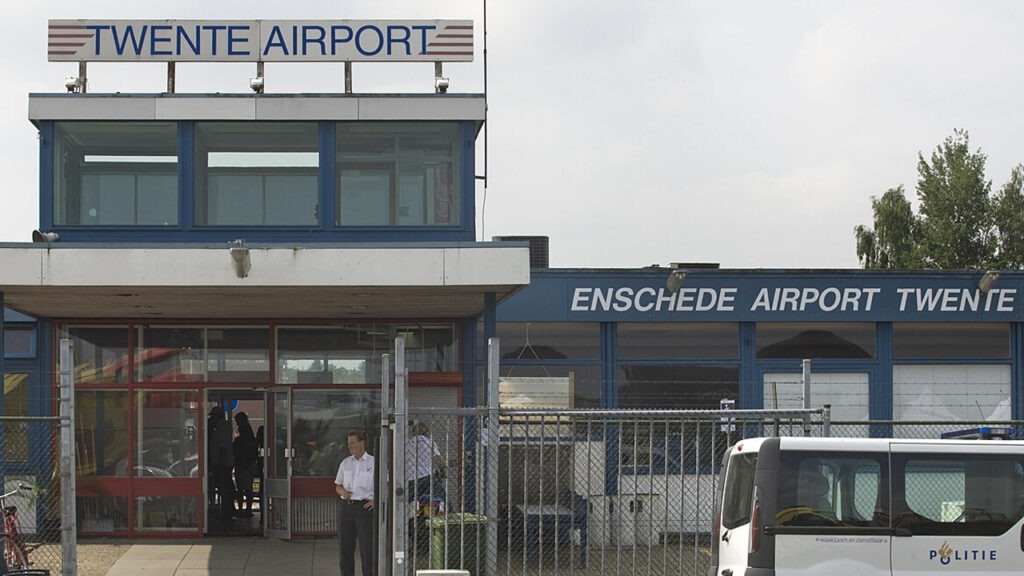
Twente’s a former military airport that now stores retired planes, mostly from European carriers. Lufthansa sent several of its 747s here, and they’re still parked on the runway today.
The main draw here is AELS, which buys and recycles planes at the end of their life. The process is straightforward: inspect, remove what’s still usable, then take it apart. It’s a small operation, but it’s good at what it does.


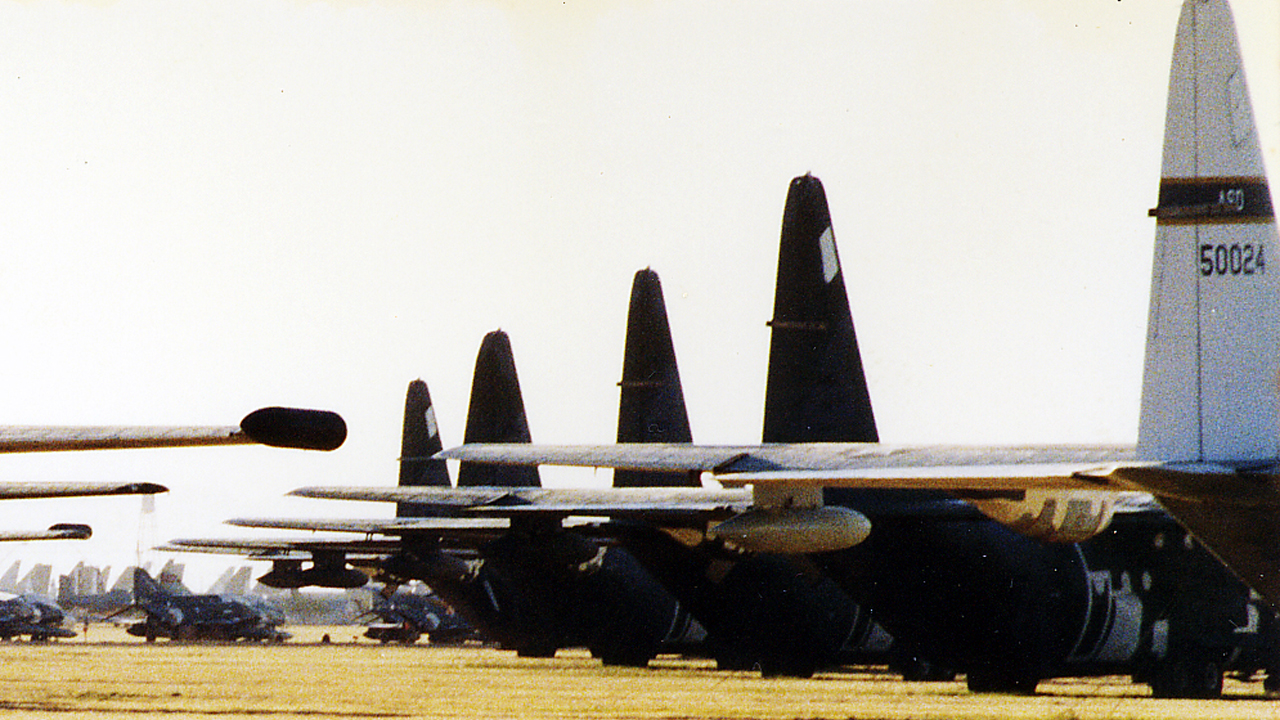

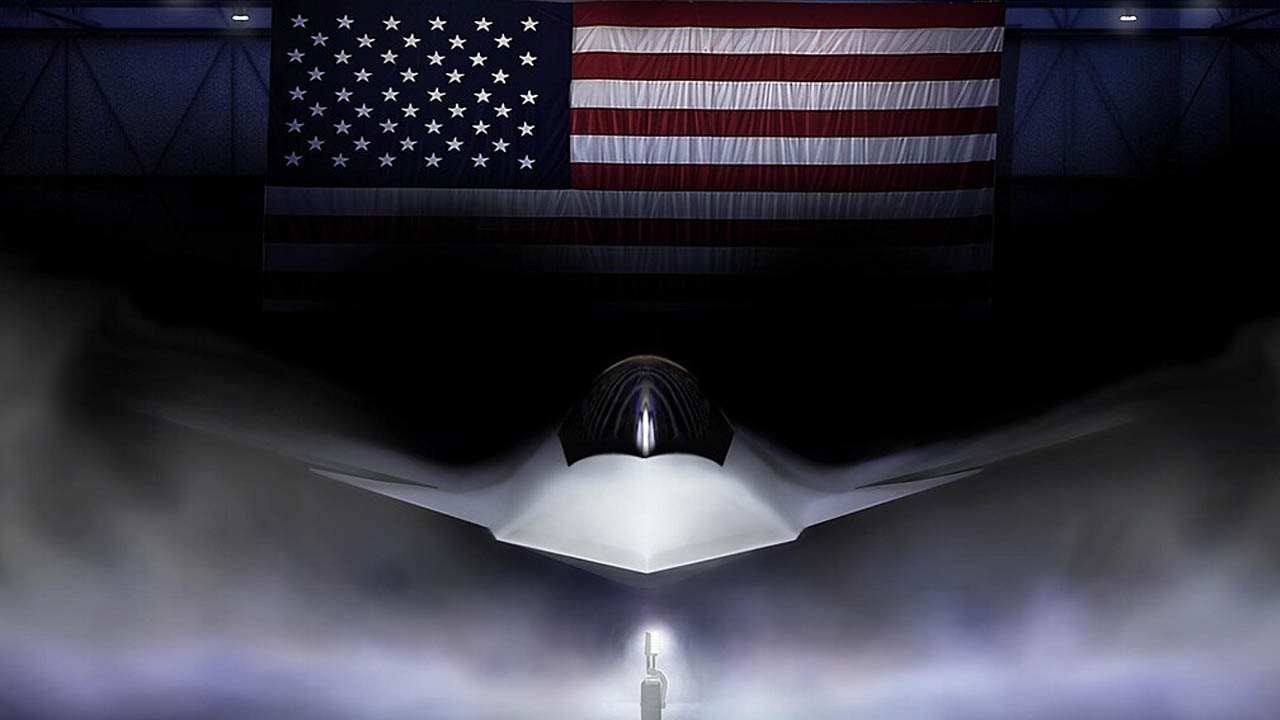
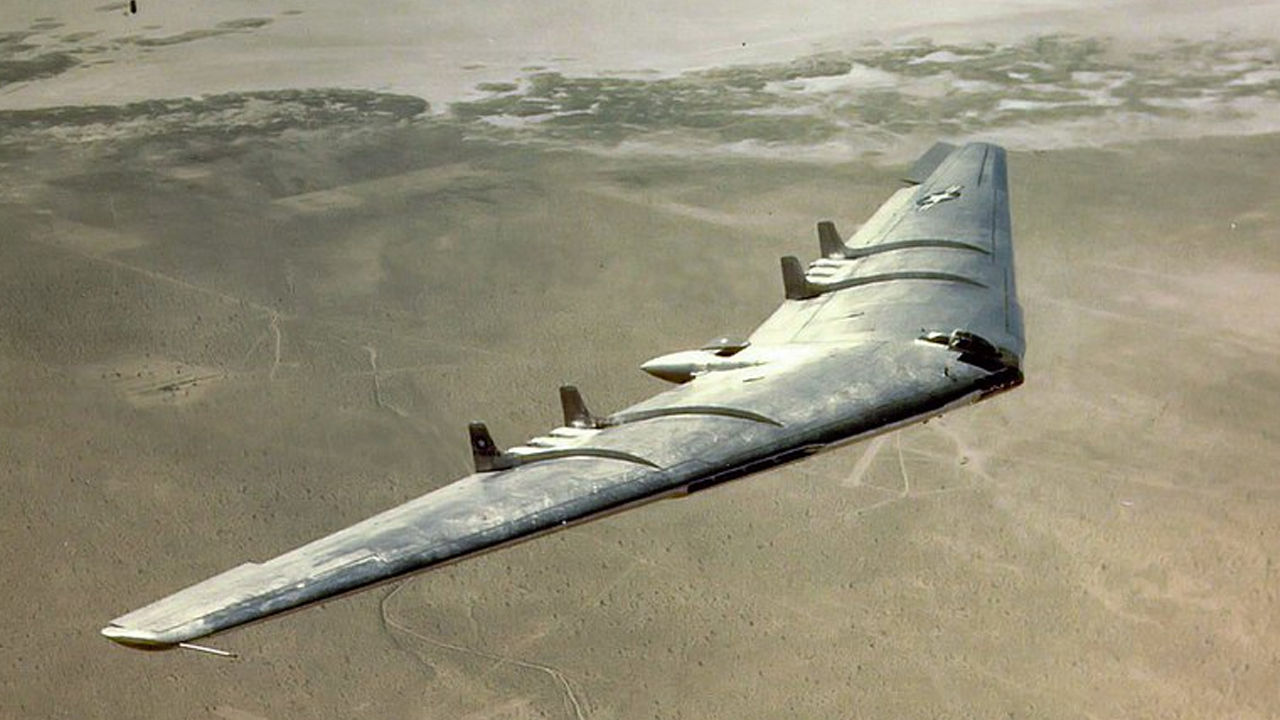
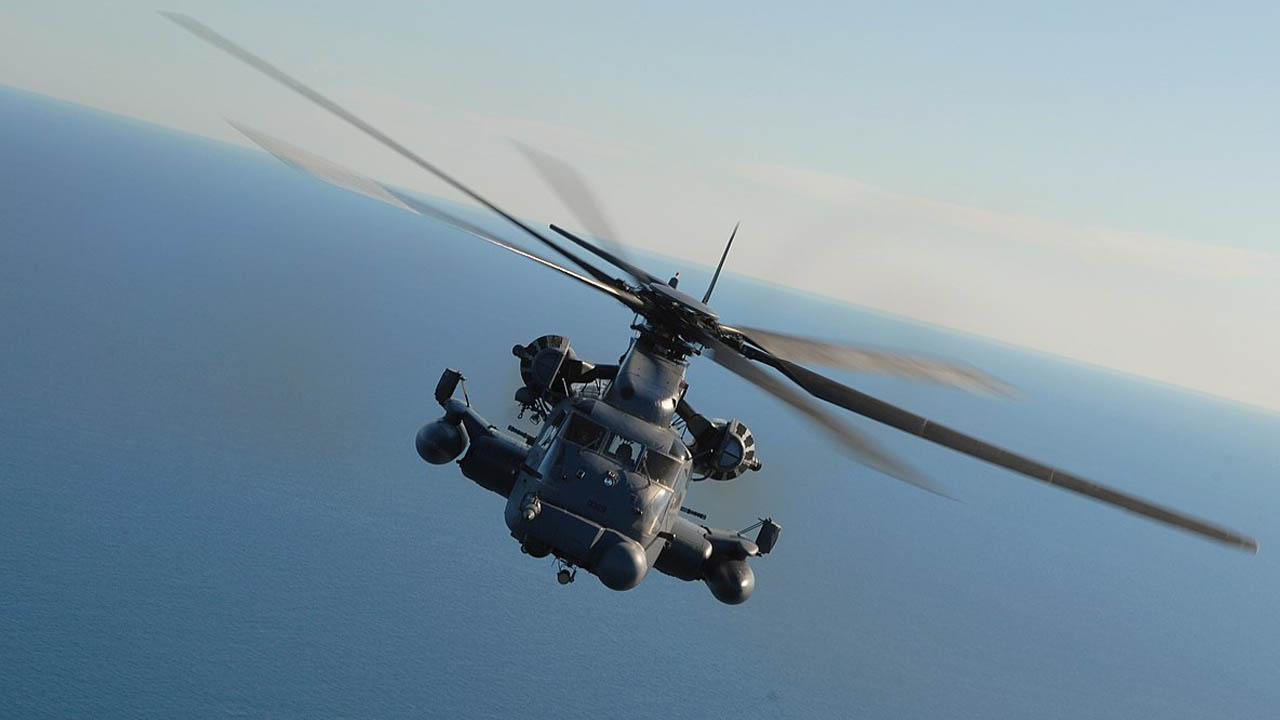
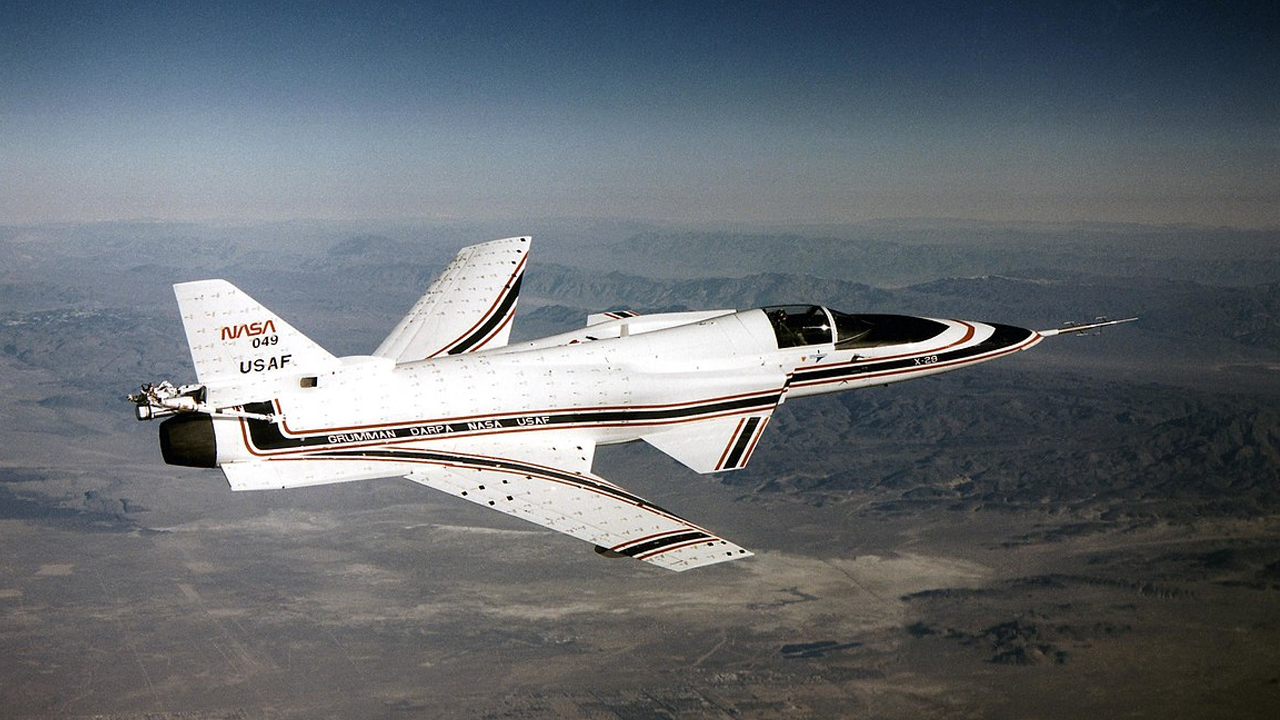
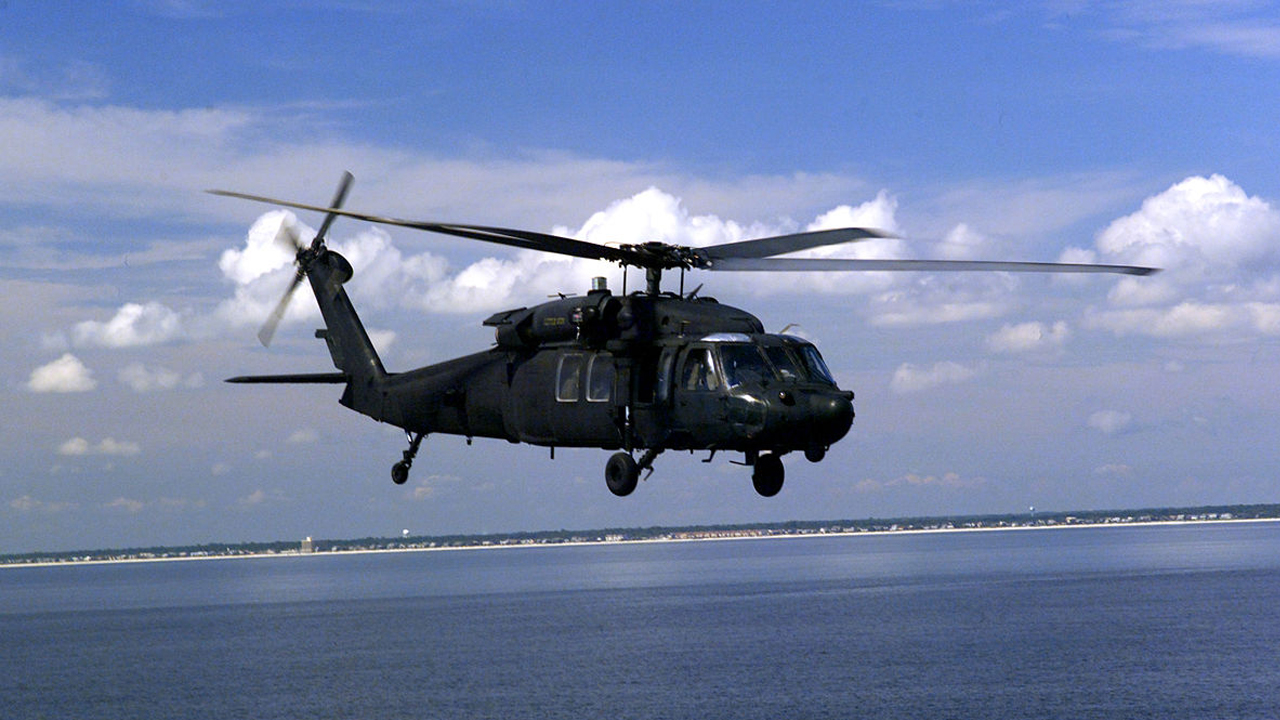
Leave a Reply